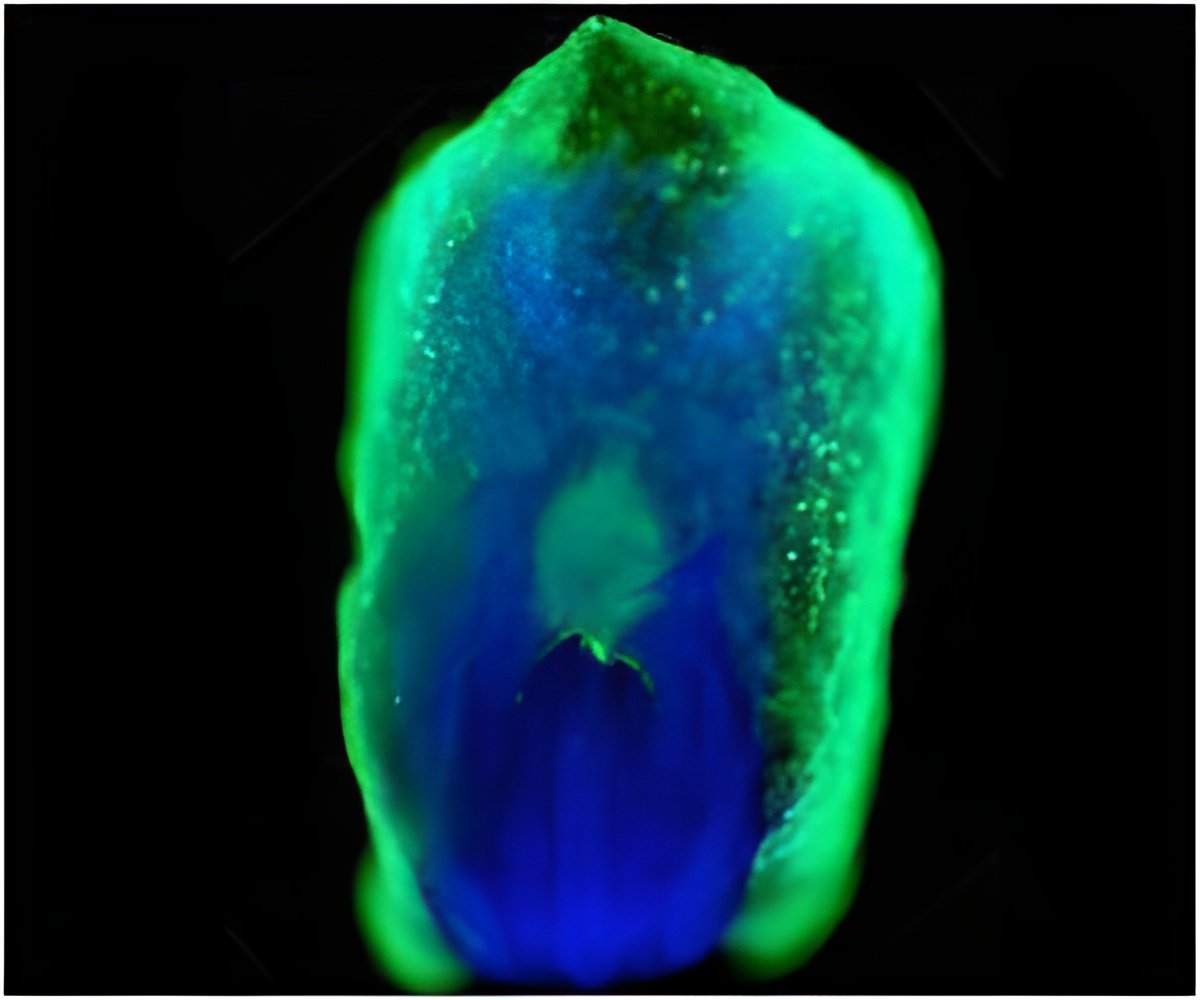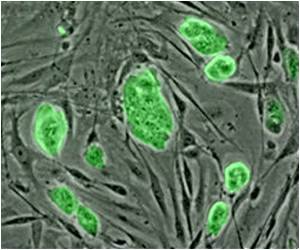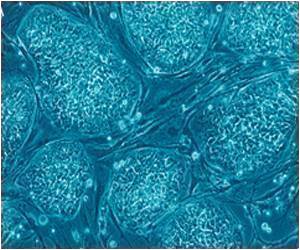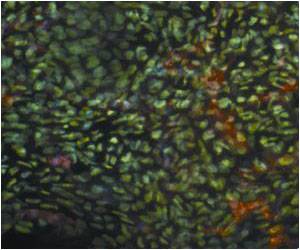
"We don't know the Braille codes of cells," said biologist Jan de Boer of the University of Twente in the Netherlands.
To address this gap in understanding, de Boer and his team of researchers have designed a systematic way to discover how a cell changes shape in response to a range of topographies. Their massive screening approach, which uses a platform called the TopoChip, tests thousands of surface patterns and catalogs how cells react to them, similar to the way pharmaceutical companies screen whole libraries of compounds in their search for promising drugs.
De Boer will describe his team's latest findings using the TopoChip, and how this work could influence the design of better surfaces for medical implants, at the AVS 60th International Symposium and Exhibition, to be held Oct. 27-Nov. 1, 2013, in Long Beach, Calif.
"Our unique approach is, we don't design a few surfaces – we design thousands of them," de Boer said. So far they have selected 2,173 patterns out of their library of over 150 million unique topographies and can make more.
To develop their technique, the team wrote an algorithm that generates unique patterns in silicon: pillars just a few micrometers across with combinations of geometric shapes such as triangles, rectangles, and circles, spaced various distances apart from each other and with differences in size and orientation. The silicon patterns are used as molds to make imprints onto polymeric surfaces, which can be coated with a ceramic or metal when desired. The researchers employ the TopoChip to grow cells on these surfaces, then use high-content imaging to see how the cells respond.
Advertisement
By analyzing the data, the team is now able to predict how that cell will change its shape in response to a particular type of geometric arrangement of the pillars.
Advertisement
"What is nice about this approach is we don't need coatings. We don't need to change chemistry or biology. All we change is surface topography," de Boer said. Eventually, he continues, it could be a very powerful approach to improving the performance of medical devices.
Next steps for his team include finding out how many unique patterns there are that can elicit a unique response. De Boer is also beginning to collaborate with genomics researchers to get more insight into what is happening inside the cell as it changes shape. And to facilitate making the TopoChip platform available to medical device manufacturers, de Boer and colleagues have established a spin-off company, Materiomics B.V., to perform individualized screens on request.
Source-Eurekalert









